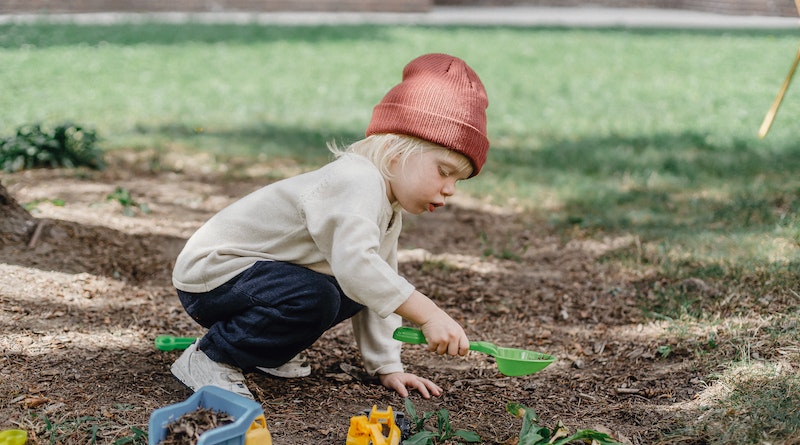Super Simple Ways to Enhance Child Development
While schools play a role in developing skills, there are other critical factors that contribute to a child’s overall growth. It’s important to consider nutrition, support, and safety as essential elements that ensure our children flourish and reach their full potential. Let’s explore some valuable tips for enhancing child development from a homeschooling perspective.
One of the most powerful ways to support your child’s cognitive and speech abilities is through communication. Engaging with your children from an early age creates a strong foundation for healthy development. Even as newborns, children absorb everything around them, and language comprehension and formation begin as early as 12 months. If your child is facing challenges in language and communication, seeking assistance from a speech therapist can be beneficial.
Nutrition plays a significant role in your child’s development. What your child eats, or doesn’t eat, can have a profound impact on their growth. Insufficient intake of essential vitamins and minerals can impede both physical and cognitive development. This can result in emotional instability, learning difficulties, and weakened bones and muscles. A well-rounded diet that includes calcium, iron, and vitamin B is essential. You can easily achieve this by incorporating foods such as milk, cheese, and a vibrant variety of fresh fruits and vegetables.
It’s important to celebrate the milestones your child achieves as they grow. Birthdays are just one occasion worth commemorating. First steps, first words, and early accomplishments are all remarkable moments that deserve recognition. By documenting and celebrating these milestones, you create lasting memories. As your child enters their toddler and childhood years, they become more aware of their achievements. Praising their efforts, whether it’s completing homework or acquiring new skills, encourages them to continue their journey of learning and discovery.
Supporting your child’s everyday growth involves various positive parenting approaches. While there is no one-size-fits-all method, certain practices have proven to be effective. Creating a loving and nurturing home environment fosters emotional stability. Gradually introducing household rules and assigning age-appropriate responsibilities cultivates a sense of accountability. Teaching your child the value of sharing toys, games, and books instills important social skills. Guiding them to understand and learn what is safe and unsafe within the home ensures their well-being. And providing appropriate discipline without being overly strict helps them learn and grow. These practices extend beyond the home and influence their interactions and experiences in the wider world.
Children crave safety and security. As a parent, you have the power to create an environment that nurtures these needs. Singing to your children, holding them close in blankets, and giving them hugs all contribute to their sense of safety and well-being. Singing together also aids in language development, while controlled breathing exercises promote better oxygen intake.
Emotional security is a crucial aspect of child development. When children experience anxiety and stress, their ability to learn and thrive is compromised. Just as physical needs like warmth, health, and nourishment are essential, emotional safety and stability are equally important. Growing up in an environment filled with anger, broken relationships, financial insecurity, or neglect can have a deep and lasting impact on a child’s development, as emotions can overshadow their fundamental functions.
Engaging all of your child’s senses is key to their overall brain development. Brain engagement goes beyond language, speech, and math skills. As children reach the age of around five, they become more attuned to colors and smells, and they react to them in various ways. Cool colors can calm a child, while bright colors can energize them, much like they do for adults. Pleasant smells, such as lavender, can induce a sense of calmness. By incorporating these sensory experiences, you can create an optimal learning environment for your child.
Enhancing child development requires a comprehensive approach that extends beyond traditional schooling. From nurturing communication to providing a supportive and safe environment, and engaging all of their senses, we can empower our children to grow and thrive in ways that go beyond the confines of a classroom.



